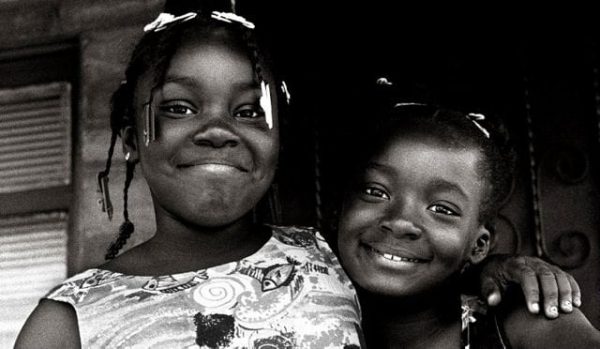

How can we let our kids be kids, to see the way kids see, while still teaching them something about photography? Hillary Sloss is a veteran photojournalist based in Marin County and a digital and film photography instructor at the San Francisco Waldorf High School. Her class, Digital Photography for Youth, is designed especially to encourage young people to explore their world through photography.
The after-school class will consist of a photo walk occurring every other week, during which Hillary will instruct participants on how to use and control the manual settings like ISO, shutter speed, and aperture on their digital cameras as well as compositional elements, and classroom post-processing sessions on alternate weeks.
The idea is, she says, to help young photographers create beautiful images that are youthful, but not childish. “It’s important to give young photographers enough so that they can advance their photographic skills, without inundating them too many rules,” says Hillary.

An older camera body with a fast lens is the best equipment for a young photographer, and won’t break the bank. National Camera Exchange is a great resource for new and used cameras. A used DSLR camera body can be purchased for as little as $100, and a Canon 50mm F1.8 lens can be as low as $125. “The camera’s sensor might not be quite as sophisticated as in the newer models, but it’s a good enough system for practicing and learning,” says Hillary.
If your child has shown an affinity or even an interest in photography, Hillary offers a few tips on how to encourage their budding talent
One of the trademarks of a snapshot, no matter the age of the photographer, is a subject placed at the center of the frame. “Encourage your young photographer to put the subject anywhere but the center: either extremely on the edge or way up in the corner—anywhere but the middle,” says Hillary. Students are also encouraged to try putting their subject at the bottom or top edge of the image.

“I learned photography at a young age. I went to journalism school and became a photojournalist. I learned all the rules about photography, and then, I had to unlearn all of those same rules,” says Hillary. What’s really great about young photographers is their willingness to experiment, and it’s important to encourage that experimentation. “Often, it can lead to happy accidents. Something might be out of focus or blurry, but that’s okay!”
Parents have to unlearn the rules too. Try to look at the world through the child’s eyes. “Don’t be afraid to like the pictures that are out of focus, that are a little bit dreamy, that aren’t always perfectly still,” she says.
With the advent of the smartphone and social media sharing, today we look at images all day long. “We’re all—even children—much more sophisticated as a society in what we think of as photography than we were even five or 10 years ago,” says Hillary. Some young photographers will have an innate sense of what makes a good picture and will be able to easily articulate what they like about an image, but not all will.
“We need to help young photographers of all skill levels train their eye to see,” says Hillary. Look at the images together with your kids, and watch to see which ones they get excited about. “Ask them what they like about an image, and then ask them why they like it,” she says. Discuss with your kids what they find interesting, what they find exciting. Be it the color, the shapes, or the subject, there is no wrong answer!

Photography is a great way not only to explore our world but to make sense of it, whether on a grand adventure or just at home in the backyard. Walking around with a camera can help us to slow down and look at things that we otherwise wouldn’t.
“It’s fun to give young photographers assignments like taking pictures of the color blue or the flowers growing in the cracks in the sidewalk—things that we don’t look at normally,” says Hillary.
One problem with digital photography is that our pictures often get buried in our computers. “It’s really important to go through the pictures with your kids and print some of them out,” says Hillary. She suggests printing hanging the best ones up, or making them into greeting cards or thank you cards. “Do something so that they’re not all buried in the computer.”
The Image Flow has workshops, classes, and photography summer camps for kids of all ages!

